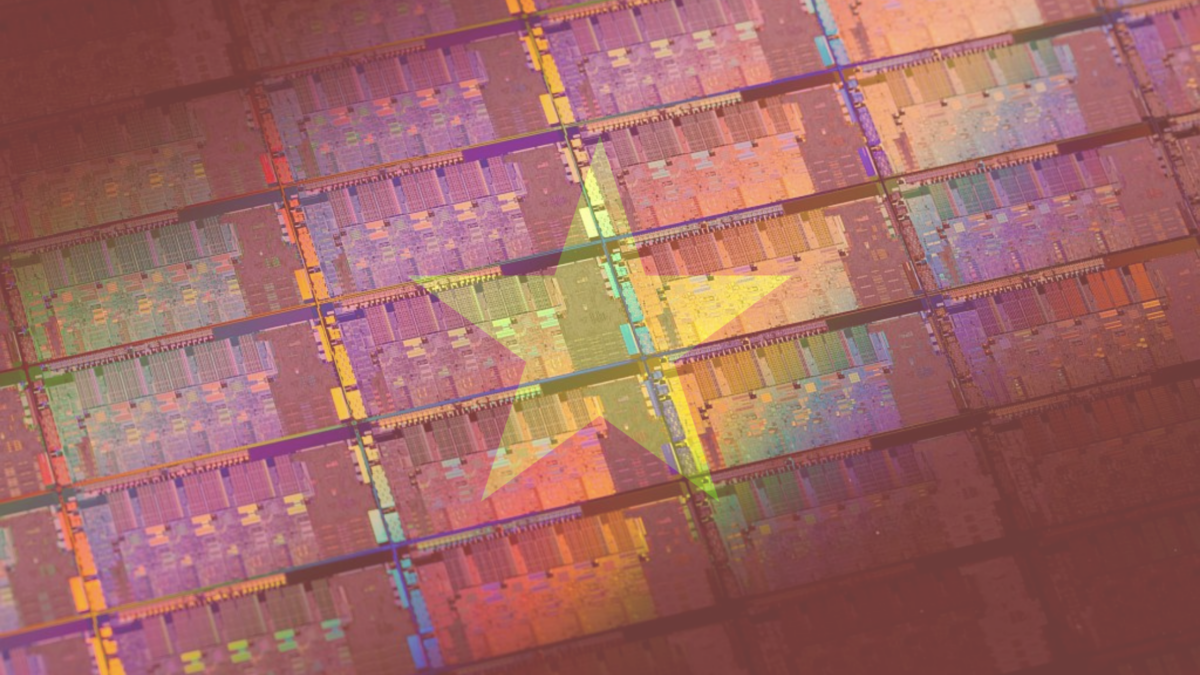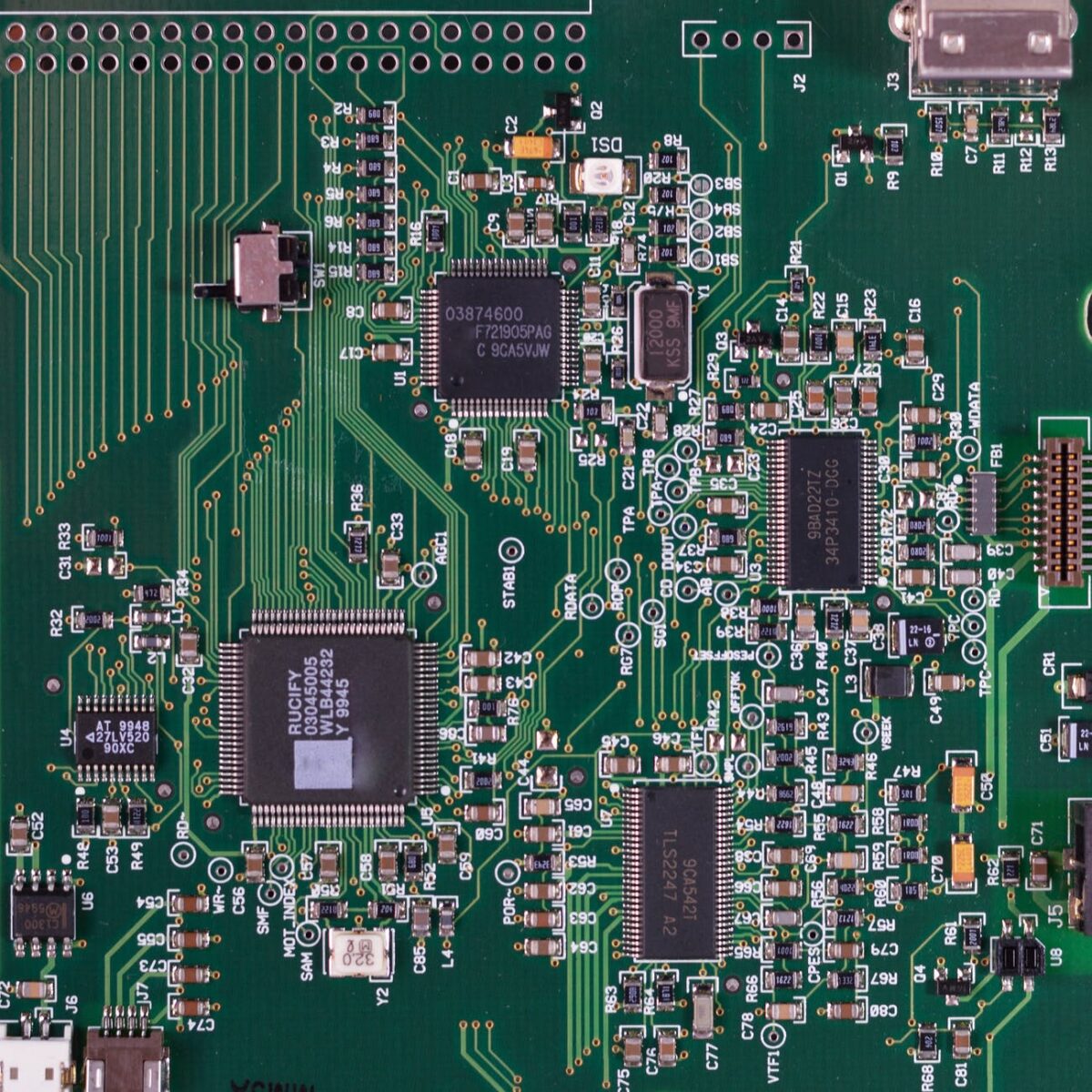Semiconductor manufacture in Vietnam
Vietnam has recently been making infrastructure investments to support its growing semiconductor industry.
Due to the economic instability in recent years, many countries are trying to diversify their supply chains. Companies are hoping to avoid supply shortages like what was faced during Covid-19.
Vietnam’s industry place – then and now
Vietnam first entered the semiconductor industry in the late 70s, but has not been seen as a big player. However, the country has industrial and technology policies that fund high-tech pursuits and give incentives to tech firms.
Recently Samsung Electronics announced an $850 million to being manufacturing electronic components in Vietnam. Manufacture is supposed to start later this year, in July, in the Thai Nguyen province. The company already manufactures smartphones and home appliances at its established facility in Thai Nguyen.
Samsung is one of Vietnam’s biggest foreign direct investors and began investing in the country in 2013.
Investment and talent
Around the same time as Samsung’s announcement, America’s Synopsys also declared its investment in Vietnam. The chip software company had already agreed with the Saigon high-tech park to provide training for Vietnamese electrical engineers.
More than 40% of graduates from university and college in Vietnam majored in science and engineering. Synopsys emphasised the amount of engineering talent present in Vietnam at a lower cost gave the country a competitive edge.
What the future may hold
These companies investing in Vietnam may start a trend of others considering the country as a potential manufacturing base. It could also improve the training and skillset of staff there and foster the potential of domestic semiconductor businesses.
Vietnam’s strategy consists of maintaining diplomatic neutrality while strengthening domestic capabilities. It plans on investing in design, fabrication and assembly going forward. Hopefully this advancement will not only strengthen domestic business, but will also encourage foreign investment.
Guaranteed
The electronics market is constantly changing, but you can rely on Lantek. We have a team of experts who can help you source any parts you’re looking for. With our years of experience we are always one step ahead of our competition. We can’t wait to show you what we can do for you, contact us today on 1-973-579-8100 or at sales@lantekcorp.com.








